Longest lunar eclipse of the century
The longest and darkest total lunar eclipse of the century occurred today, giving sky enthusiasts all over the country an opportunity to witness the event.
-
 The Earth casts its shadow over the moon in a total lunar eclipse as seen in Manila, Philippines before dawn Thursday June 16, 2011. The total lunar eclipse was visible in most parts of Asia. (Photo courtesy:AP)
The Earth casts its shadow over the moon in a total lunar eclipse as seen in Manila, Philippines before dawn Thursday June 16, 2011. The total lunar eclipse was visible in most parts of Asia. (Photo courtesy:AP) -
 A series of photos show the earth casts its shadow over the moon in a total lunar eclipse that was observed in New Delhi on Thursday. (Photo courtesy: PTI)
A series of photos show the earth casts its shadow over the moon in a total lunar eclipse that was observed in New Delhi on Thursday. (Photo courtesy: PTI) -
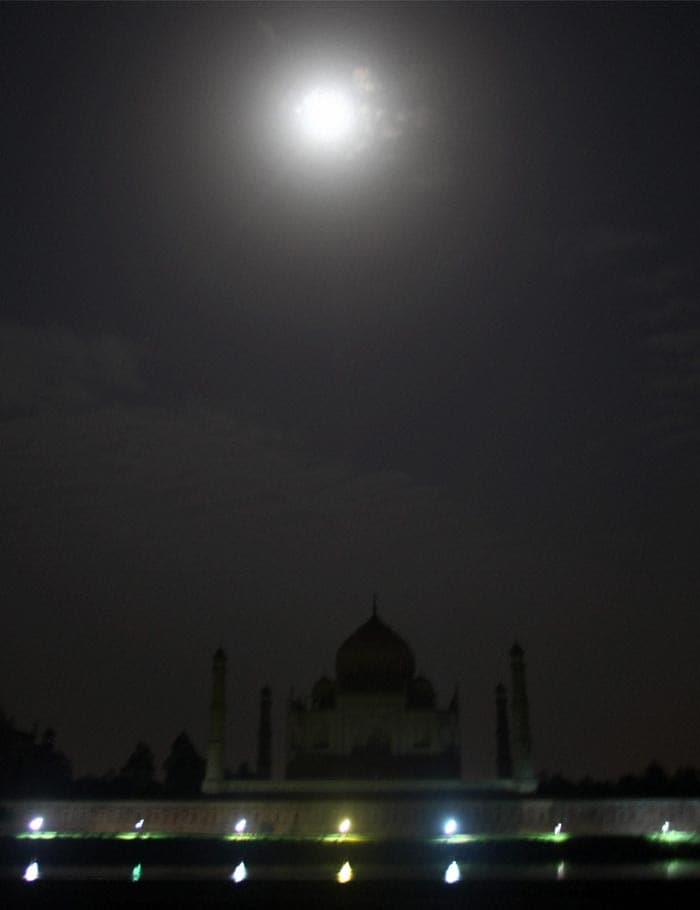 A view of lunar eclipse seen over Taj Mahal in Agra on late Wednesday night. (Photo courtesy: PTI)
A view of lunar eclipse seen over Taj Mahal in Agra on late Wednesday night. (Photo courtesy: PTI) -
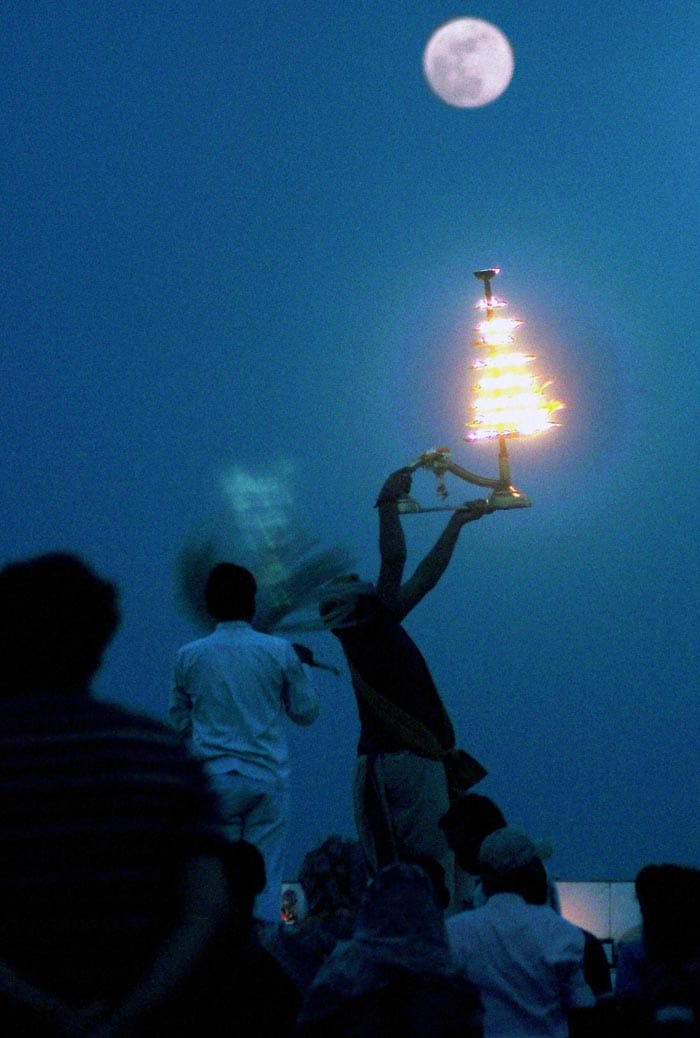 People perform Ganga Arti ahead of the lunar eclipse at Sangam in Allahabad on Wednesday. (Photo courtesy: PTI)
People perform Ganga Arti ahead of the lunar eclipse at Sangam in Allahabad on Wednesday. (Photo courtesy: PTI) -
 Unlike solar eclipses, lunar eclipses are safe to watch with the naked eye.(Photo courtesy: AP)
Unlike solar eclipses, lunar eclipses are safe to watch with the naked eye.(Photo courtesy: AP) -
 Observers in Europe will miss the first part of the show because it will occur before the moon rises. (Photo courtesy: AP)
Observers in Europe will miss the first part of the show because it will occur before the moon rises. (Photo courtesy: AP) -
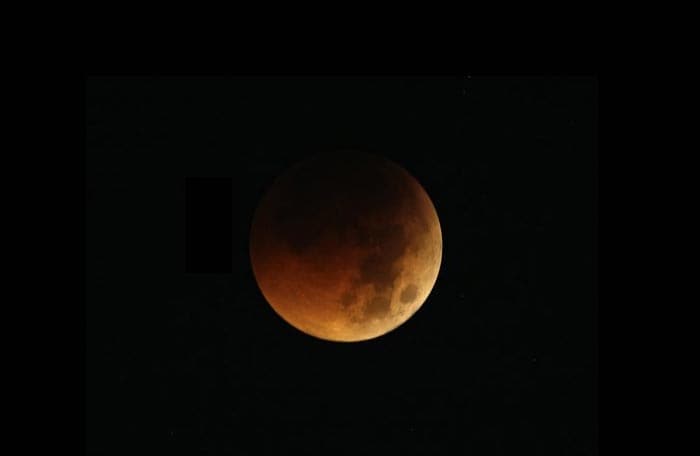 A total lunar eclipse occurs when the moon glides through the long shadow cast by the Earth and is blocked from the sunlight that illuminates it. (Photo courtesy: AP)
A total lunar eclipse occurs when the moon glides through the long shadow cast by the Earth and is blocked from the sunlight that illuminates it. (Photo courtesy: AP) -
 Portions of South America will be able see the moon entirely shrouded. (Photo courtesy: AP)
Portions of South America will be able see the moon entirely shrouded. (Photo courtesy: AP) -
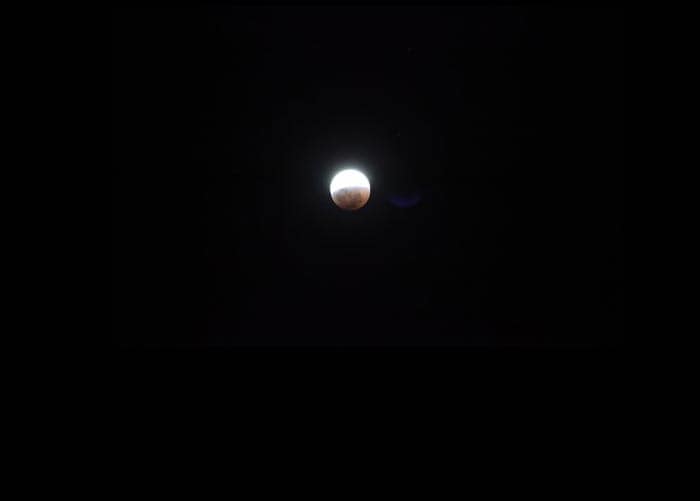 The 100 minute period of totality is said to be the longest since 2000 according to Astronomers. (Photo courtesy: AP)
The 100 minute period of totality is said to be the longest since 2000 according to Astronomers. (Photo courtesy: AP) -
 A lunar eclipse in progress in Harare, Zimbabwe Wednesday, June, 15, 2011. (Photo courtesy: AP)
A lunar eclipse in progress in Harare, Zimbabwe Wednesday, June, 15, 2011. (Photo courtesy: AP) -
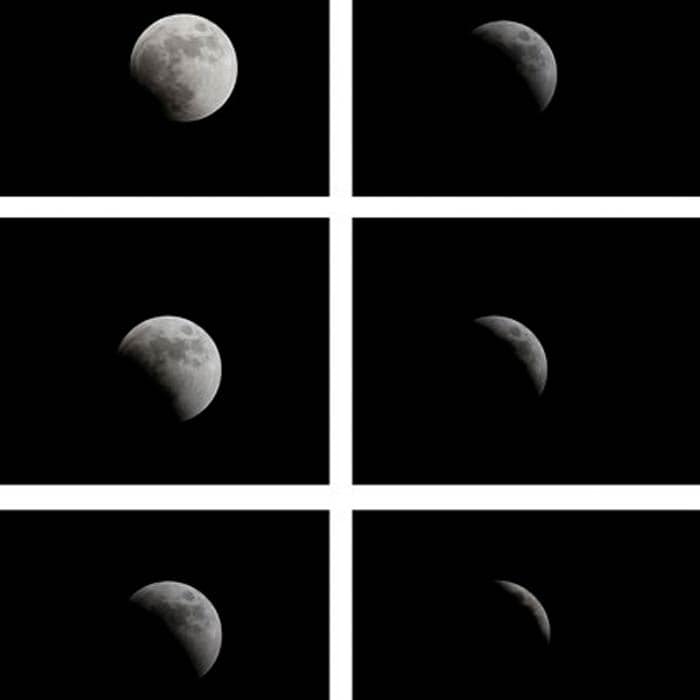 In this 6-picture combo the earth casts its shadow over the moon (beginning top left) in a total lunar eclipse as seen Wednesday, June 15, 2011 in Tel Aviv, Israel. (Photo courtesy: AP)
In this 6-picture combo the earth casts its shadow over the moon (beginning top left) in a total lunar eclipse as seen Wednesday, June 15, 2011 in Tel Aviv, Israel. (Photo courtesy: AP) -
 A partially eclipsed moon rises on the sky over Belgrade, Serbia, Wednesday, June 15, 2011. The total lunar eclipse was visible throughout most parts of Europe on Wednesday evening. (Photo courtesy: AP)
A partially eclipsed moon rises on the sky over Belgrade, Serbia, Wednesday, June 15, 2011. The total lunar eclipse was visible throughout most parts of Europe on Wednesday evening. (Photo courtesy: AP)
Advertisement
Advertisement
Advertisement
Advertisement
